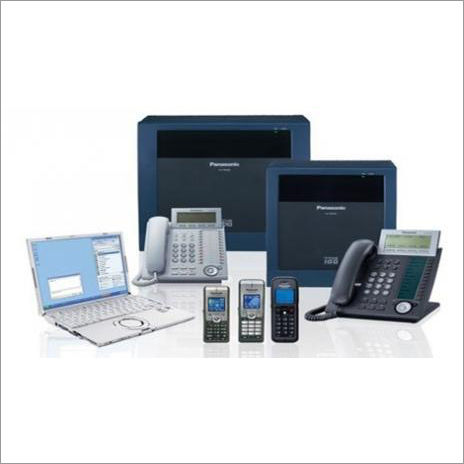Epabx Intercom System
Product Details:
- Frequency 50/60 Hertz (HZ)
- Material Plastic
- Color Black
- Usage Commercial
- Product Type Epabx Intercom System
- Application Hotels Indoor Outdoor
- Power Supply Electric
- Click to View more
Epabx Intercom System Price And Quantity
- 10 Piece
- 5000.0 INR/Piece
Epabx Intercom System Product Specifications
- Epabx Intercom System
- Hotels Indoor Outdoor
- Commercial
- 50/60 Hertz (HZ)
- Black
- Plastic
- Electric
Epabx Intercom System Trade Information
- 10 Piece Per Day
- 7 Days
- boxes
- North India
Product Description
To allow internal communication between various departments or sections within a building, an EPABX (Electronic Private Automatic Branch Exchange) intercom system is a communication system frequently used in offices, businesses, and other big enterprises. Without utilising external phone lines, users can make phone calls and intercom calls inside the building.
An EPABX intercom system has the following important characteristics and elements:
1. The central control unit, commonly referred to as the exchange, is the brains of the EPABX system. It monitors and regulates all internal calls, both incoming and outgoing. Call routing, call switching, and other functions are handled by the control unit's hardware and software components.
2. Extensions: Individual telephones or intercom devices linked to the EPABX system are known as extensions. Internal calls can be placed between various sections of the organisation thanks to each department or office often having its own extension.
3. Lines: To communicate with the outside world, the EPABX system is connected to PSTN or ISDN lines, which are external telephone lines. How many concurrent external calls the organisation can place or receive depends on the number of lines.
4. Intercom functionality: The EPABX system allows for intercom calls, which let users call other extensions inside the building. Calls to the intercom are normally placed by directly dialling the extension number.
5. Call Routing and Transfer: Using pre-established rules or user input, the EPABX system enables calls to be routed or transferred to various extensions or departments. Incoming calls, for instance, can be automatically routed to particular departments or sent to an open extension.
6. The following call management functions are frequently offered by EPABX systems: call hold, call forwarding, call conferencing, call recording, voicemail, and caller ID display. These qualities increase productivity and facilitate collaboration.
7. Integration with Other Systems: To increase functionality and flexibility in communication, EPABX systems can integrate with other communication systems including computer networks, VoIP (Voice over Internet Protocol) systems, and unified communication platforms.
EPABX intercom systems have a number of benefits over conventional telephone systems, including:
- Cost savings: By employing internal extensions and directing calls through the EPABX system, businesses can cut down on the number of external phone lines they need, which lowers their monthly phone costs.
- Efficiency of Internal Communication: EPABX intercom systems provide quick and direct internal communication, enhancing teamwork and productivity inside the company.
- Scalability: EPABX systems can be expanded and scaled to meet an organization's changing demands. As the organisation grows or the needs change, additional expansions and functionalities can be incorporated.
- The central control unit of an EPABX system enables the management and control of the communication network to be centrally administered. This makes system administration, supervision, and upkeep simpler.
As EPABX intercom systems have developed through time, they may now interface with cutting-edge communication technologies like unified communications and IP-based telephony, giving businesses even more cutting-edge features and capabilities.

Price:
- 50
- 100
- 200
- 250
- 500
- 1000+




